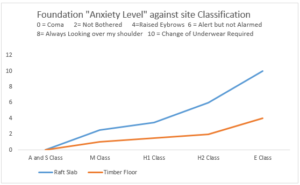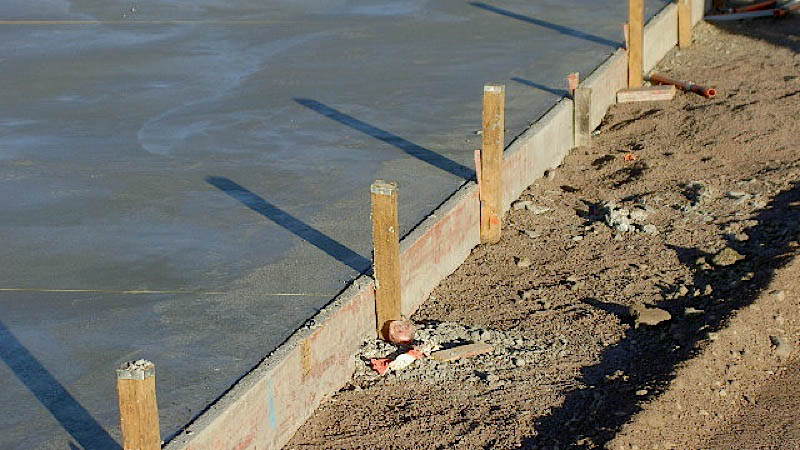What does this mean to you?
Basically, the higher the classification the more your footings are going to cost. The other problem is the higher site classification, the more the soil movement and the greater the risk of future problems of movement in your foundations, as well as your pipework and anything that is in contact with the ground.

How can we reduce the risk?
One of the best ways to reduce the risk is to have as little of your house and pipework touching the ground as possible. Elevate your floor on E classification sites by constructing in timber. There are quite a lot of builders who are very reluctant to build an elevated timber floor as it does not meet their standard house plans. This should not stop you from talking to them about it because it really is the best design you can have for E classification sites.
The site classification is based on an ideal set of conditions which have good drainage and no unusual water problems. As your soil expansiveness increases and your site classification goes towards E the following areas become critical.
- Site drainage
- pipework articulation for plumbing to reduce pipe breakage and associated water problems
- proximity of trees as they can suck moisture out of the soil actually increasing your site classification in dry weather
If any one of the above is not correct on a slab/raft footing you can get a lot of unpredictable movement very quickly.
As a graphic representation if you imagine your foundations have emotions and can become anxious with impeding danger the following plot indicates the effect of site classification on a raft slab as opposed to an elevated timber floor.


